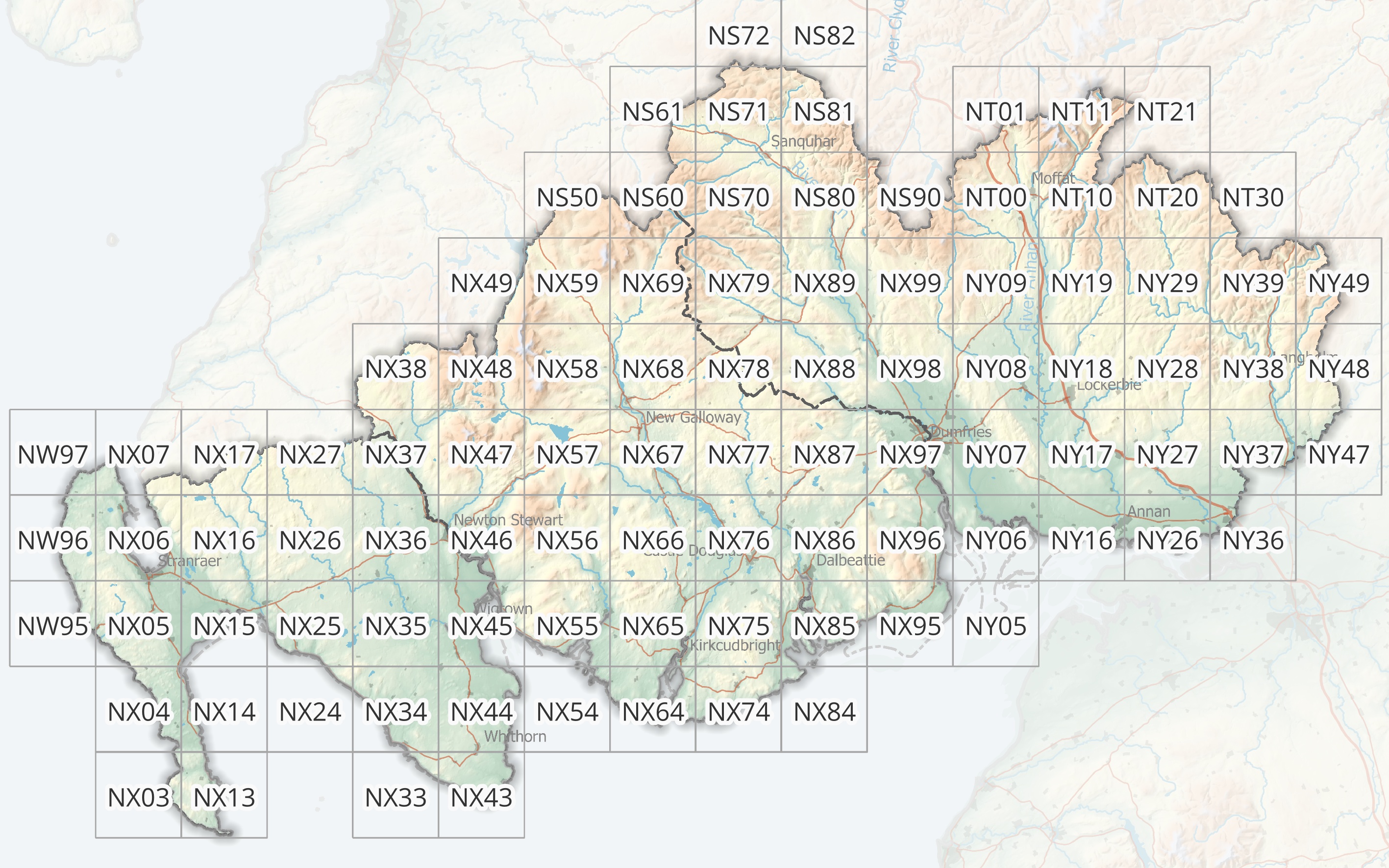Identification
Unmistakable.
Recording Method
Attracted to light.
Recording Method
Attracted to light.
Life cycle
One generation. Overwinters as a small larva during August to June. Pupation is low down on the foodplant in a cocoon.
Larval foodplants
Hawthorns, Blackthorn, birches, Hazel, oaks, sallows and elms.
Habitat
Gardens, hedgerows and woodland.
History
The first for Scotland was of a record at Rockcliffe (VC73) in 1870 by Francis Buchanan-White of Perth. The only other known Scottish occurrences were from Aberdeen,1872, South Ayrshire, 1900, Southwick and Mainsriddle (VC73) in June and July, 1946, while in August 1947, David Cunningham saw good numbers of the Yellow-tail flying at dusk on the Isle of Whithorn, Wigtownshire.
The first for Dumfriesshire came in 1951 when one was trapped in late July at Closeburn. Further VC72 records were from Castlehill, Dumfries and Lockerbie (Sir Arthur Duncan – BRC data).
During 1974-78 it was trapped regularly at Gatehouse of Fleet and Caerlaverock Rothamsted stations.
From 1993 to 2010, Old Torr/Auchencairn area (VC73), Caerlaverock (VC72) and Claymoddie (VC74) produced a number of records, with other widespread sites also adding to our knowledge.
Life cycle
Two generations. Overwinters as a pupa. Larvae are present July to September.
Larval foodplants
Common Nettle, docks and many other herbaceous plants.
Habitat
A wide variety of urban and rural sites.
History
Lennon (1863) had found it common everywhere. Douglas Robinson (1870-71) had found the White Ermine in June and stated it as “not rare” around Almorness (VC73). K. J. Morton of Edinburgh (1900) whilst on a visit in July 1899 to Wigtownshire had found this species in the Monreith area. Gordon (1913) had found the White Ermine to be common at light at Corsemalzie (VC74).
Sir Arthur Duncan (1909-84) during his lifetime had found it at Closeburn, Tynron and Castlehill, Dumfries (all VC72). Archibald Russell (1944) listed it as occurring near Gatehouse of Fleet (VC73) during the years 1942-43.
With 850 records it was well recorded from all the Rothamsted stations, and that trend continued from 1992 to 2010, being trapped widely across the region and proving to be extremely common.
The striated form ab. godarti was first found at Southwick (VC73) on 9th July 1947. There have been other records of this form.













